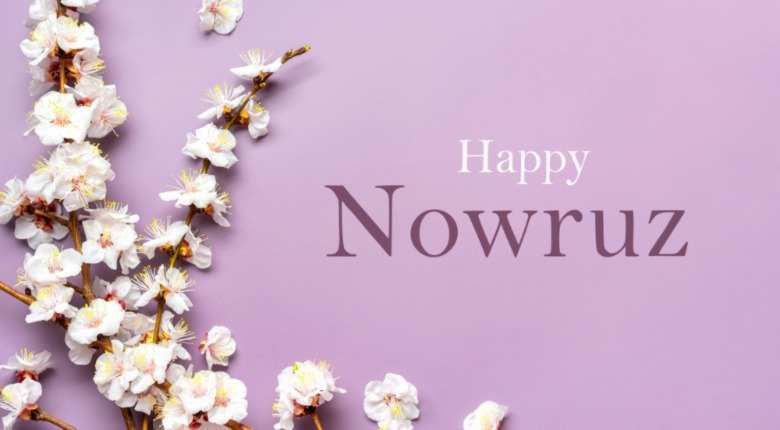
In this article, you will know that Nowruz is a festival. It marks the beginning of the new year and is celebrated throughout Central Asia also in Iran and Afghanistan. It is also observed in the Kurdish territories of Iraq, Turkey, and Syria. Nowruz is one of the oldest festivals that is continuously celebrated by humanity. Its origins date back at least 3,000 years, making it one of the oldest festivals in the world.
What is Nowruz?
This Nowruz festival is held in the springtime, and its activities are meant to represent rebirth as well as connection. It exists between humans and the environment. Saadi, an Iranian poet who lived between the years 1210 and 1291, is credited with writing, “Awaken, the morning Nowruz breeze is showering the garden with flowers.”
Nowruz, which literally translates to “New Day,” is a celebration that lasts for two weeks and is centered on visiting family, going on picnics, traveling, and eating traditional foods. However, the holiday of Nowruz itself is rich in ancient mythology and fiction, as well as rituals and symbols.
Who observes the Nowroz holiday?
Zoroastrianism is a religion that originated in Iran and predates both Christianity and Islam by a thousand years. This belief system is a part of Zoroastrianism. In its beliefs, it is both monotheistic and dualistic, with Ahuramazda, the highest god, being regarded as the creator of everything that is good in the world. Both fire and water are seen as representations of purity in the religion of Zoroastrianism.
Zoroaster, who was also known as Zarathustra, is credited with establishing this religion, the religious teachings of which form the basis of Zoroastrianism.
The Avesta is the name given to his compilations of written works.
When was the first time Nowroz Celebrated?
Nowruz is a very old holiday that stretches back thousands of years and was referred to as “the renewal of the world” by Omar Khayyam, a Persian astronomer, and poet who lived in the 11th century.It is unknown exactly how far back Nowruz goes, but current estimates place its age at least 3,000 years, which corresponds to the time when the Persian empire spread beyond the borders of what is now Iran.
The Avesta makes no reference to it at all. This age-old ritual has evolved and grown over the course of the past several millennia. As the celebrations made their way over well-established trade lines and into the lives of an estimated 300 million people, they gradually became subject to an increasing number of societal, religious, and cultural influences.
It has survived centuries of conquests, from the Arab forces that invaded the Persian world in the seventh and eighth centuries to the governments in the former Soviet republics in Central Asia; from the Taliban in Afghanistan to the secular authorities in Turkey, Syria, and Iraq, who have tried to curtail Kurdish cultural identity. It has also survived attempts to eradicate Kurdish cultural identity.
How do you get ready for the Nowruz holiday?
The festival is a celebration of spring and a time for rebirth and regeneration; however, exact traditions vary from place to country due to the fact that different cultures contribute their own features. However, the core principle remains the same.
For instance, the most important celebration in Afghanistan takes place during the Guli Surkh, also known as the Red Flower Festival, which takes place in the city of Mazar-i-Sharif in the country’s north. This is when competitions of buzkashi, a native sport that is comparable to polo, are performed. Instead of a ball, a goat corpse is utilized in this game.
Sumalak, a thick pudding made from wheatgrass, is typically prepared over the course of 24 hours while women sing traditional melodies while stirring enormous pots. This practice is popular in the countries that make up Central Asia. Nomadic customs and athletic endeavors, such as horse racing, wrestling, and archery, are showcased at festivals held in the open air.
In Iran, the preparations for the Nowruz
The Celebrations begin weeks before the start of spring. One of these preparations is called Khanh takani, which literally translates to “spring cleaning.” In addition, households cultivate sabzeh, which might be wheat, barley, mung beans, or lentils, in a dish.
After a few weeks have passed, once the greens have begun to sprout, the dish is moved to the Haft-seen table, which serves as the focal point of the Nowruz celebration.
It is accompanied by six other symbolic elements, each of which begins with the Persian letter “seen,” also known as S. That brings the total to seven, which is considered to be a holy number in Zoroastrianism. They are as follows: saib (apples), which represent health and beauty; senjed (dried oleaster berries), which represent wisdom and rebirth; samanu (wheat pudding), which represents strength and justice; somaq (sumac), which represents patience; serkeh (vinegar), which represents age and patience; and seer (garlic), which purifies the body and the environment.
Other items, such as a mirror, colored eggs, and goldfish in a bowl, which signify life, are also included in the Haft-seen spread. The mirror represents reflection, the colored eggs represent fertility, and the goldfish represents life.
In addition to this, there is typically either the Quran or a work written by the Persian poet Hafez (1315-1390). They are a reflection of Nowruz’s ability to combine its ancient roots with religious and cultural traditions that have developed more recently.
How do people celebrate the Nowruz?
Street musicians who perform in colorful garbs and use tambourines are known as Haji Firooz. They are responsible for announcing the approach of the Nowruz holiday.
Shoe polish or a mixture of soot and fat is used to give the performers a darkened appearance on their faces. In days gone by, charcoal was one of the most frequent fuel sources. They are symbolic of a made-up character from Iranian folklore, the origins of which are not entirely clear.
Haji Firooz was actually a black slave who entertained at the New Year during the Sassanid period (224 to 651 AD), according to one version of the traditional story. Another version of the story claims that he was a character who watched over the eternal flame of the ancient Zoroastrians. Both versions of the story are based on the same traditional tale.
The theory if this event
that he was one of the approximately two million black slaves who were brought to Iran from Africa as part of the Indian Ocean slave trade during the 19th century is the one that seems to have the most credibility.
The ceremony of Chaharshanbeh Soori takes place on the Tuesday evening before Nowruz, which falls on March 17 this year. This event is a symbolic burning of everything that was wrong from the previous year while looking forward to a new beginning.
Traditions associated with this topic include running through the streets while yelling “Give me your red color, take my yellow color” and jumping over bonfires. This represents how the fire extinguishes the yellow of illness and restores the crimson of health and warmth to its previous state.
In recent years, there has been an increase in the use of firecrackers, much to the annoyance of some of the participants. In another version of the game known as qashoq Zani, young participants knock on the doors of their neighbors and bang spoons on cooking pots in the hopes of receiving sweets.
What kinds of meals are served in celebration of Nowruz?
Families get together at the residence of whoever in the family is the eldest on the first day of the Nowruz holiday.
The typical meal for the New Year consists of sabzi polo mahi, which is rice combined with herbs and eaten with white fish; ash reshteh, which is a thick green soup with noodles, chickpeas, and beans; and kuku sabzi, which is a frittata made with vegetables. pastries such as baghlava and toot (mulberry), naan-nokhodchi (chickpea biscuits with pistachio), and ajeel (dried berries and raisins) are served throughout the celebration.
How long does the festival of Nowruz last?
The celebrations come to an end on the thirteenth day after the New Year with a ceremony called Sizdeh Bedar, which can either be translated as “getting rid of 13” (a symbol of bad luck) or “hitting the road.”
On the holiday of Sizdeh Bedar, people take the sabzeh that they painstakingly cultivated with them to enjoy picnics in open fields, plains, parks, and along the banks of rivers. There, as a gesture of giving something back to nature, they will throw the sabzeh into the nearby river or into the fields.
In most cases, classes and offices will resume operations the day after the holiday.
What is the official position of the Iranian government about the Nowruz celebrations?
The Islamic Republic of Iran, which had attempted in the beginning to link the celebration rituals with paganism, was unable to eradicate the festivities that are firmly ingrained in Iranian culture following the 1979 toppling of a monarchy that had been in place for 2,500 years.
Therefore, in Iran, Nowruz has evolved into a symbol of defiance, which is reflected in the common greeting Nowruz pirooz, which translates to “Nowruz victorious” or, more commonly, Eid shoma mubarak.
How do we know about Nowruz?
The Persian name for Persepolis is Takht-e Jamshid, which literally translates to “the Throne of Jamshid.” The Greek historian Xenophon (431-354 BC) describes the celebration that took place in Persepolis in his book Cyropaedia.
According to Persian tradition, Jamshid possessed heavenly glory and was commanded to combat Ahriman by the supreme Zoroastrian god Ahuramazda, who embodied light and fire, truth, goodness, and wisdom. Jamshid’s battle with Ahriman is said to have lasted for a thousand years. Ahriman was his twin brother. He was the god of darkness, fury, and death. He was the one who was responsible for the drought, the famine, and the ruin of all that was good and abundant.
Following Jamshid’s victory over Ahriman, every dormant tree began to bloom, and his people were once again blessed with prosperity; consequently, the tradition that is still practiced today is to return the sabzeh to nature.
The epic Shahnameh (Book of Kings) by the 11th-century poet Ferdowsi, which attributes the creation of Nowruz to the mythical King Jamshid after he saved people from a severe winter that was meant to freeze the world, is the main source for related stories.
“He built a throne that was covered in jewels, and then he had demons lift him up from the ground into the heavens; once he was there, he sat on his throne as if it were the sun shining in the sky.” In the book Shahnameh, Ferdowsi makes the observation that the creatures of the world gathered in amazement around him and dropped gems on him. They termed this day the New Day, also known as Nowruz.

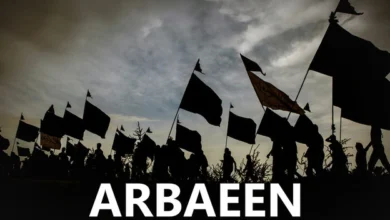
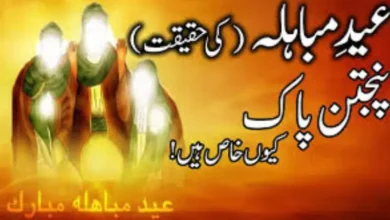
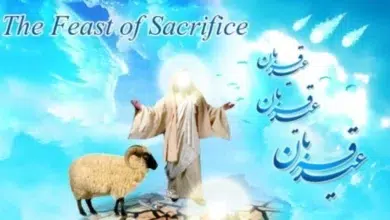
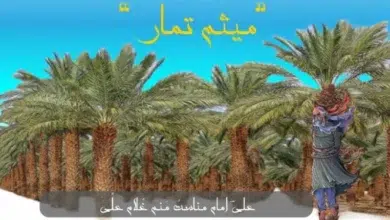
One Comment